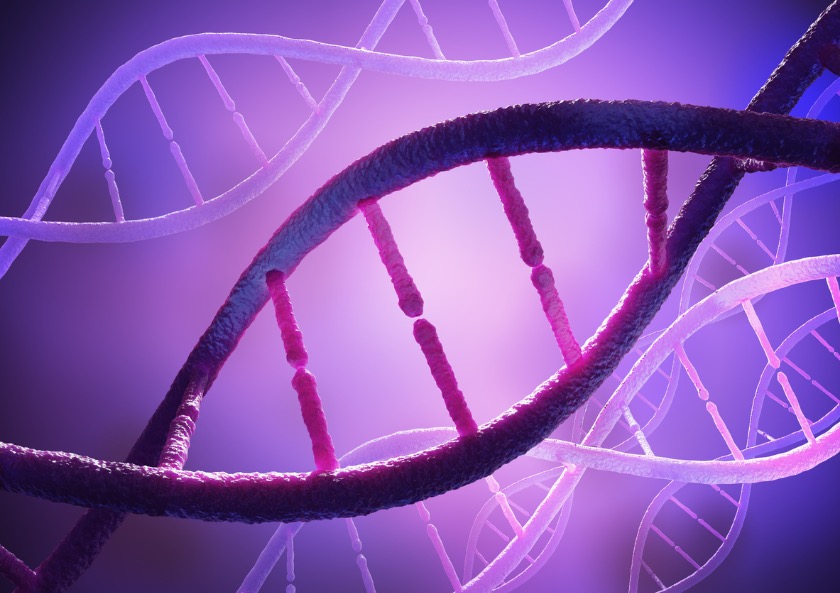Risk Assessment and Genetic Testing
While a family history of breast cancer increases the risk of developing the disease, as many as 75% of women newly diagnosed do not have any specific risk factors, other than being a woman who is getting older. Approximately one in eight women will develop breast cancer over their lifetime. Approximately one in 100 men will develop breast cancer.
Many risk factors cannot be controlled, such as family history, age at menarche (first menstrual period), and age at first pregnancy. However, lifestyle factors such as regular exercise, maintaining ideal body weight, a diet low in saturated fat, and moderation in alcohol intake (3-6 drinks per week for women) may help reduce the risk of developing breast cancer. Unfortunately, there is no true prevention.
Risk assessment starts with an evaluation using one of several risk-assessment models. The Gail Model is most commonly used, but it does not take into account paternal (father’s side) or 2nd /3rd-degree relatives or age at diagnosis, but it is a good starting point. The Tyrer-Cusik and other risk assessment models do take into account both maternal and paternal relatives, as well as other factors. Some models now take into account breast density.
Both NorthShore-LIJ and Siteman Cancer Center have interactive risk assessment tools that provide information about risk, as well as suggested lifestyle changes that may help lower risk.
There are several risk-assessment tests under development that utilize DNA samples (usually obtained from saliva) to assess for specific single nucleotide polymorphisms (SNPs) – variations in DNA that are known or suspected to be associated with elevated risk. The SNP analysis is combined with the Tyrer-Cusik assessment to provide a 5-year likelihood of developing breast cancer. Unlike computer models alone, these tests can provide a more personalized risk assessment. Insurance coverage for these tests is variable, and they are not yet widely available. Patients who are considered to be “high risk” based on the model or SNP testing are candidates for more intensive surveillance, often receiving a recommendation for both mammogram and MRI exams.
Depending on family history of breast, ovarian and other cancers, formal genetic testing may be recommended. The most common breast cancer-associated gene mutations occur in the BRCA 1 and 2 genes, but there are many other genetic mutations that have been identified which may result in an increased risk of breast and other cancers, such as PALB2, ATM, CHEK2, and others, and testing for these mutations may also be appropriate depending on your family history. Any family history of ovarian or male breast cancer is an indication for genetic testing, and all men newly diagnosed with breast cancer should undergo testing. FORCE is a national advocacy organization providing support and education for patients with genetic mutations that put them at high risk for breast and ovarian cancer.
Updated 15 June 2019

